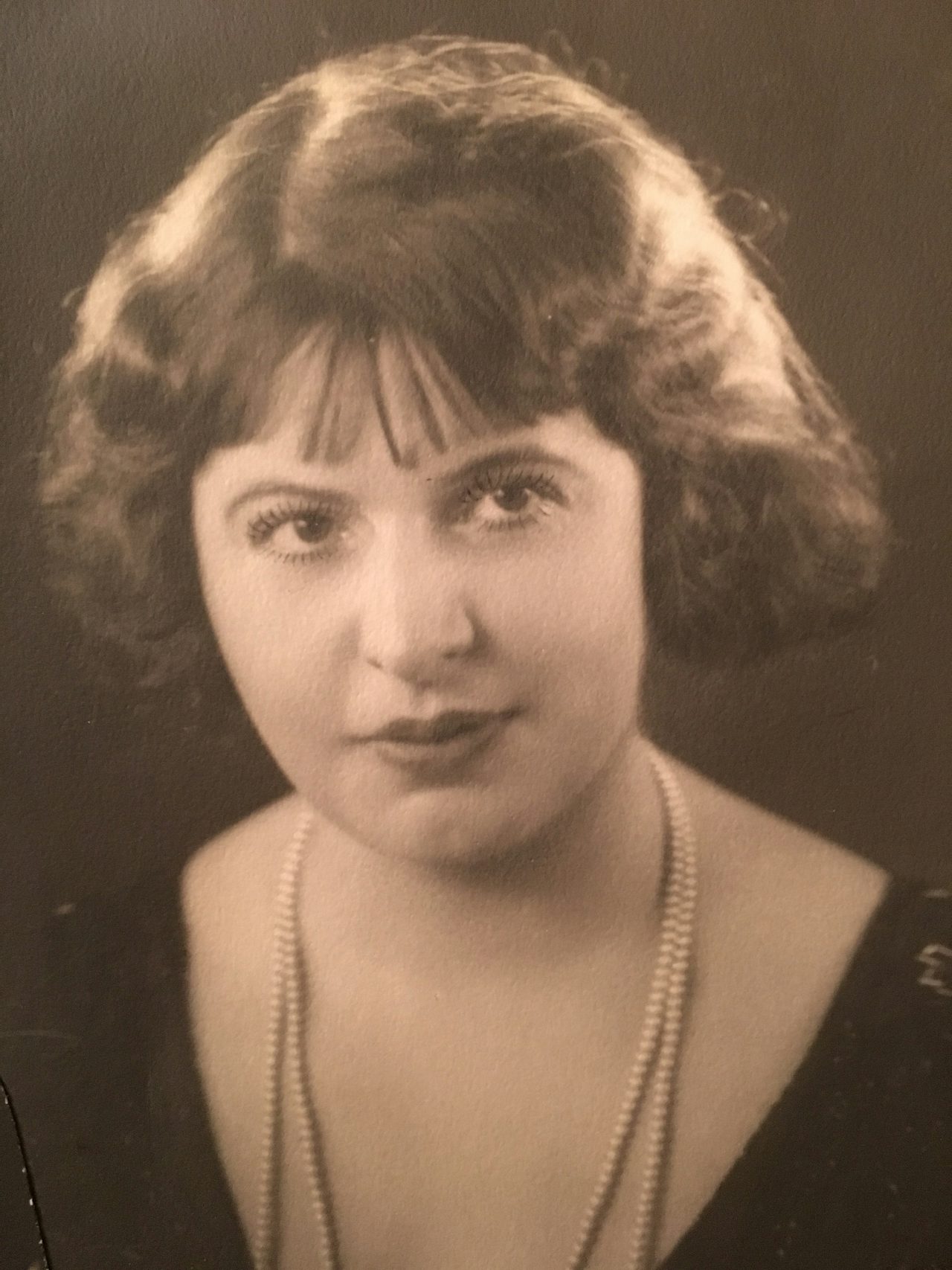Despite her larger-than-life influence, Inez Burns remains an obscure figure in American history, even within the canon of feminist scholarship. The thought of digging up Burns’ secrets and connecting the scattered dots of her extraordinary life makes for an intimidating prospect, considering the secretive nature of her business. (She often employed code words like “glantham” for cash, “Emily” for phantom pregnancies, and “ni-dash” for “don’t you dare open your mouth!” for an extra layer of security beyond her hidden staircase, trapdoors, and private cash reserves). However, the unsinkable Mrs. Burns’ tale of woe and wickedness captivated not one, but two authors in recent memory. 2017 saw the release of Lisa Riggin’s San Francisco’s Queen of Vice: The Strange Career of Abortionist Inez Brown Burns, and this month sees the release of Stephen G. Bloom’s The Audacity of Inez Burns: Dreams, Desire, Treachery, & Ruin in the City of Gold. It’s surely no accident that both books were released within spitting distance of the 45th anniversary of Roe vs. Wade, the 1973 Supreme Court ruling that effectively legalized abortion in the United States.
Burns’ story is titillating and outlandish, but beneath the glitz and cop-taunting banter runs a more sober current: the stark choices that faced those burdened with unwanted pregnancies in the dark days before Roe vs. Wade. Those who could afford it went to see Inez in her elegantly-appointed clinic; those who could not were left with back alleys, kitchen tables, and, all too often, coffins. Burns got her first big break from her paramour-turned-medical mentor Dr. West, who trained her first as an assistant and ultimately as a full-fledged abortionist. Around the time they met at the Palace Hotel, he had found himself in a spot of bother; the decapitated body of a young woman who’d recently visited his abortion clinic bobbed up in the San Francisco Bay, and Dr. West had inconveniently been spotted dropping packages into the bay late at night. Despite rafts of incriminating evidence against him, he copped a not guilty verdict (and, to be clear, he was almost certainly guilty). Burns would follow in his legally precarious footsteps, though the only murder she was allegedly involved in happened outside the clinic’s walls.
In those days, it was nearly impossible to convict a suspected abortion provider; most women refused to testify for fear of public shame, and on top of that, it suited the city’s philandering movers and shakers to keep the “abortion mills” up and running, just as long as nobody died and the providers kept the bribe money flowing. There was no collective will to shut them down. Clinics like Inez Burns’ were regarded as a public utility, something to be whispered about but ultimately left to their own devices. San Francisco was a wild town overrun by pleasure palaces, dirty cops, and indulgent politicians; you could get away with a lot if you had the right friends and knew how to keep your mouth shut, and Burns thrived in the decadent atmosphere.

